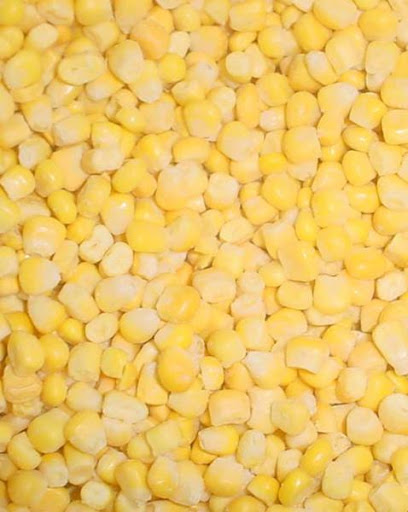Sunday, February 13, 2011
Corn buyers be prepared for higher price
 — SUNBURY — Valley farmers who harvest grains like corn, soybeans and wheat for sale on the international market are possibly looking at record profits this year, in terms of harvest per hectare, and that’s very good news.
— SUNBURY — Valley farmers who harvest grains like corn, soybeans and wheat for sale on the international market are possibly looking at record profits this year, in terms of harvest per hectare, and that’s very good news.
But farmers who depend on buying grains — corn in particular — to feed their livestock will find the near-record prices worrisome and a real danger to their bottom line.
“If you’re a buyer of corn, you’d better be prepared to open up your pocket books,” said Mark O’Neill, a spokesman for the Pennsylvania Farmers Association. “This is something livestock farmers have a real concern about. It’s real bad news for those in the chicken industry, for example.”
That what has farmer Willis Franklin worried.
Willis and his father operate a small chicken farm near Beavertown and they do not grow their own feed.
“This could bust us, if the price gets too high,” Franklin said. “Our margins are very tight. We buy corn and it definitely is a major cost outlay.”
Corn prices, which usually means the price of corn futures, are tied to energy prices, because corn is used to make ethanol, an additive in gasoline.
Corn prices peaked in June 2008 with the Iowa floods at around $7.88 a bushel, then fell in late 2008 and early 2009 as commodity prices and oil prices declined, a result of a slowing economy brought on by the 2008 recession.
Now the price has spiked to as high as $5.75 a bushel.
U.S. corn production last year was a record 13.1 billion bushels.
Although this year’s production is 400 million bushels less, the increase in the use of corn for ethanol accelerated the decline in inventory.
And this year, because of the drought in Asia, China will be a major buyer, driving up prices even further.
Wheat is rising
“Usually the key factor in driving commodity prices in one direction or another is supply and demand economics,” O’Neill said. “So, if the drought in China causes a major drop in supply and highly increases demand for wheat, then the cost of wheat will increase for buyers and should mean an increase in revenue for farmers who produce it.”
The strength or weakness of the U.S. dollar also factors in the supply of U.S. exports. A weak dollar in 2008 significantly increased the amount of agricultural products sold to nations overseas.
“Local farmers who grow wheat should benefit from higher prices,” O’Neill said, “but it’s probably too late this year to increase wheat acreage. Most farmers in Pennsylvania will not be able to take advantage of the expected increase in wheat prices this year by growing more wheat on land normally used for other crops, because wheat (winter wheat) is typically planted in late fall, is dormant over the winter and then begins to grow in the spring. The wheat is usually harvested in early to mid July.”
American farmers everywhere are seeing a growing market in Asia, especially in China.
“There’s a growing demand for protein products, meat, and in order to generate meat you got to have grains to feed those animals to get them processed,” O’Neill said. “So we view that part of the world as a huge potential market for U.S. grains and for U.S. beef and pork.”
“There’s just a lot of people there, their income levels are rising and they’re going to be wanting to eat more meat in their diet.”
With poor crops in Russia, Eastern Europe and China, international wheat prices have jumped more than 50 percent since June.
China has been essentially self-sufficient in grain for decades, for national security reasons. Any move by China to import large quantities of food in response to the drought could drive international prices even higher than the record levels recently reached.
“China’s grain situation is critical to the rest of the world — if they are forced to go out on the market to procure adequate supplies for their population, it could send huge shock waves through the world’s grain markets,” Robert S. Zeigler, the director general of the International Rice Research Institute said in a press release.
A United Nations report last week said global food export prices had reached record levels in January.
The impact of China’s drought on global food prices and supplies could create serious problems for less affluent countries that rely on imported food.
“China can buy whatever they need to buy, and they can outbid anyone,” Zeigler said.
China’s self-sufficiency in grain prevented world food prices from moving even higher when they spiked three years ago.
Meanwhile, with the growing price of grain, where does that leave small American farmers like Franklin?
“In a world of hurt,” he said. “But we’ll survive. This is cyclical, prices go up and down. We’ll borrow some money, but we’ll be fine.”
(Source: http://dailyitem.com/0100_news/x1248735818/Corn-buyers-be-prepared-for-higher-prices)

This post was written by: HaMienHoang (admin)
Click on PayPal buttons below to donate money to HaMienHoang:
Follow HaMienHoang on Twitter













0 Responses to “Corn buyers be prepared for higher price”
Post a Comment